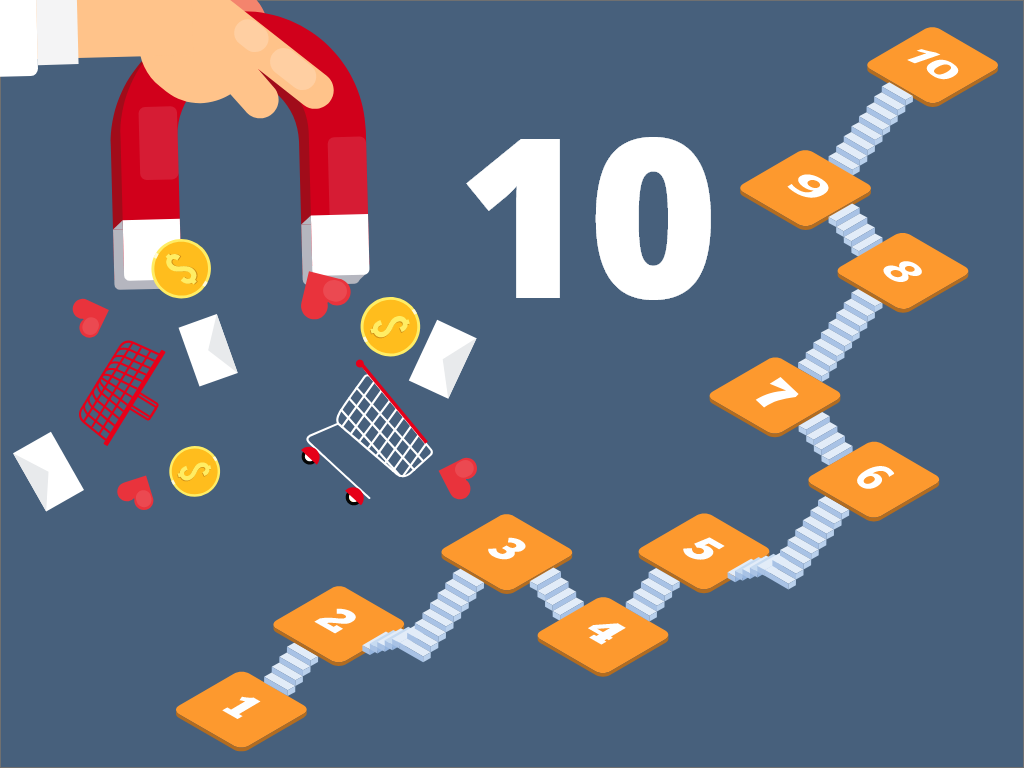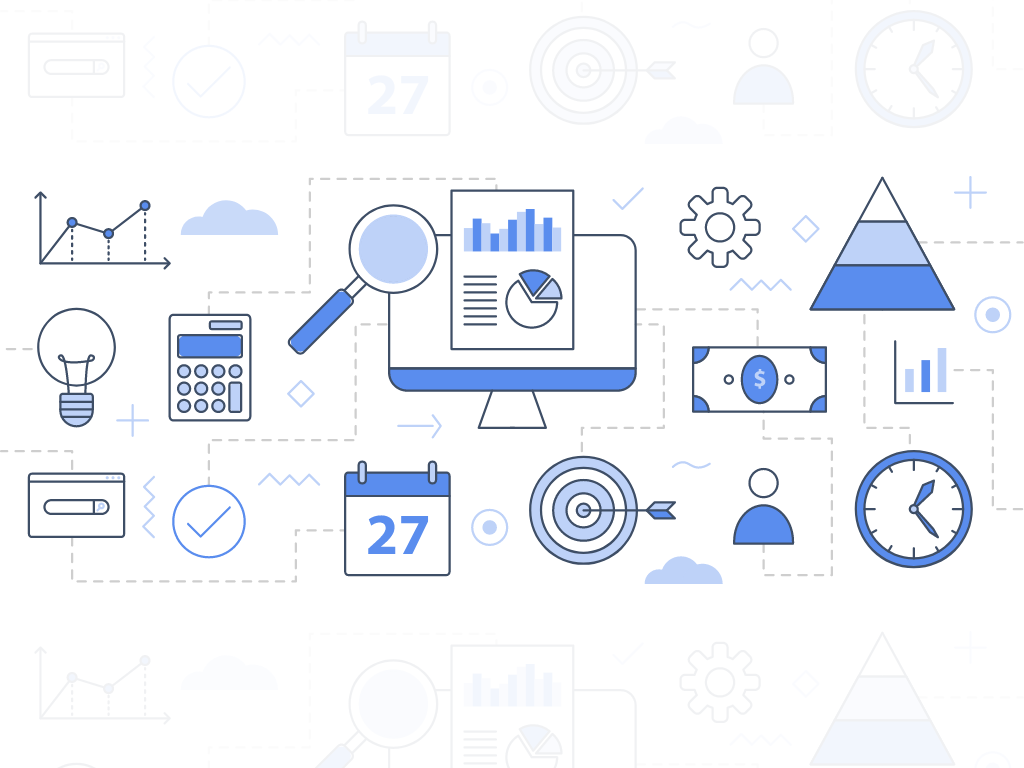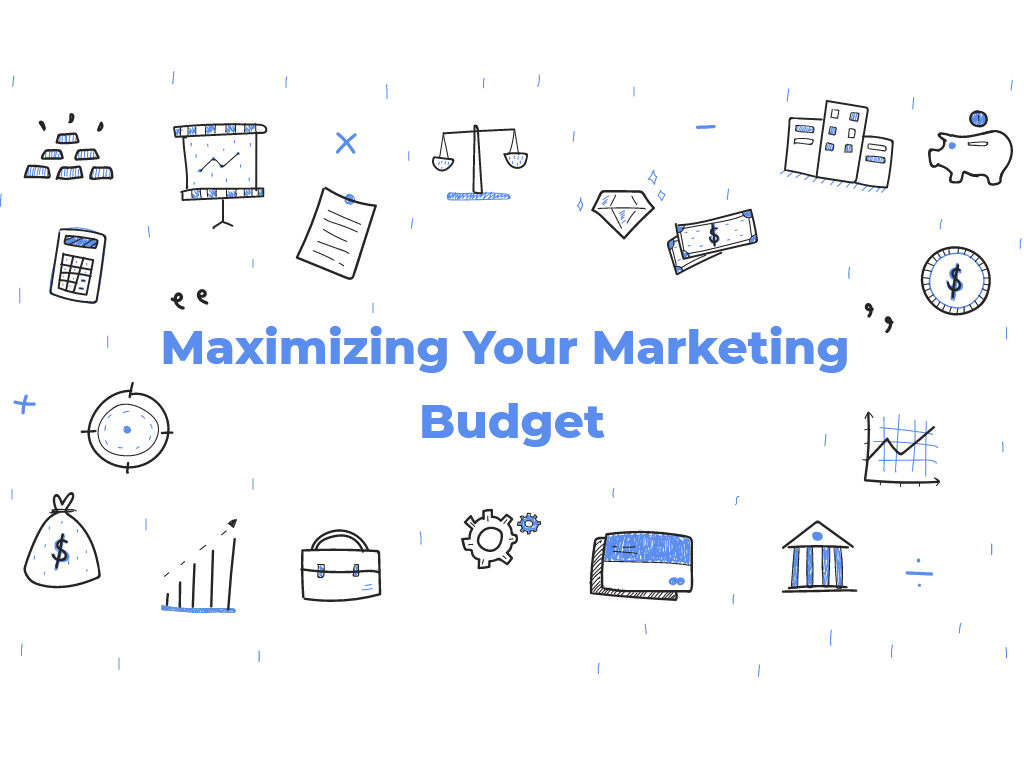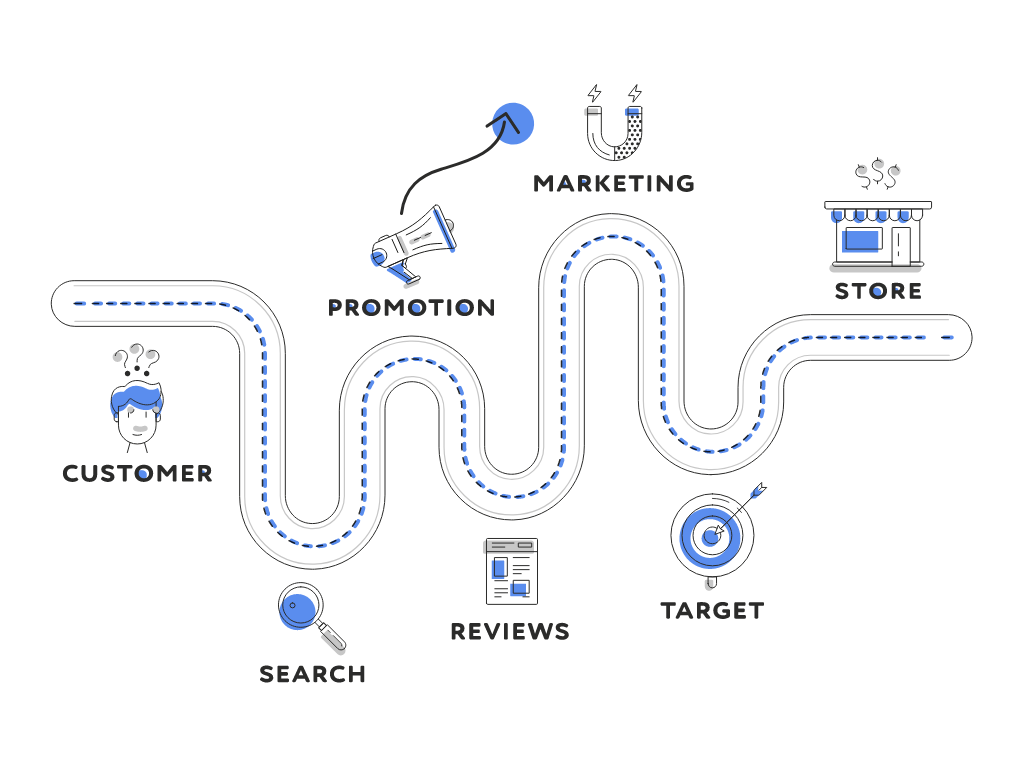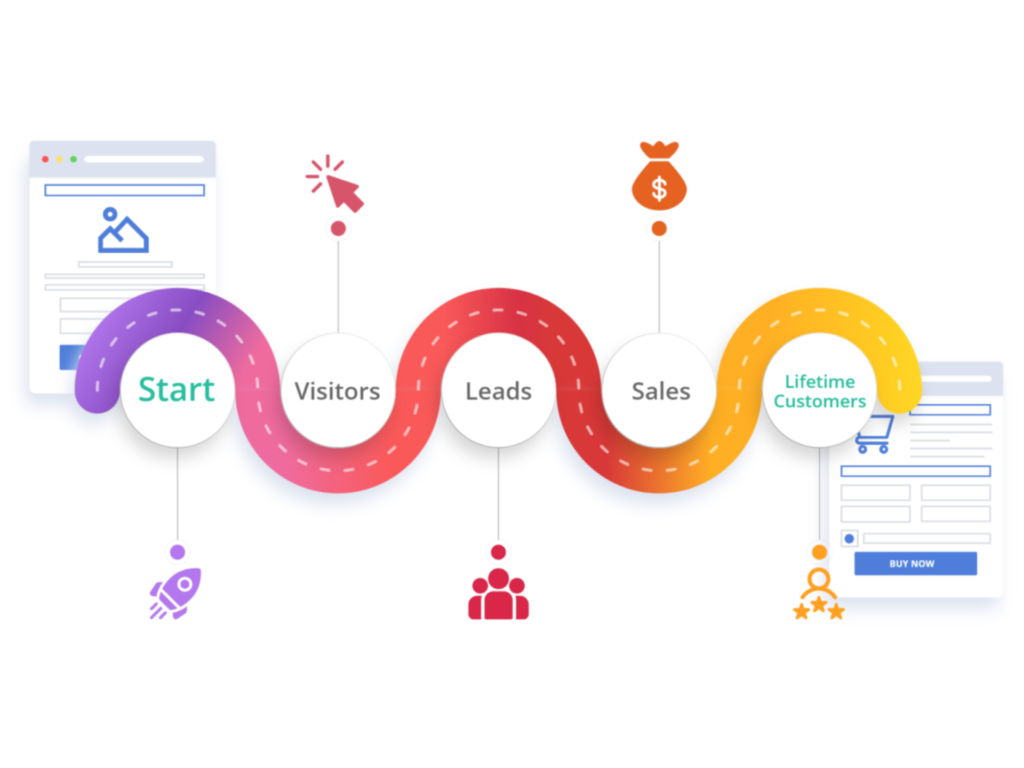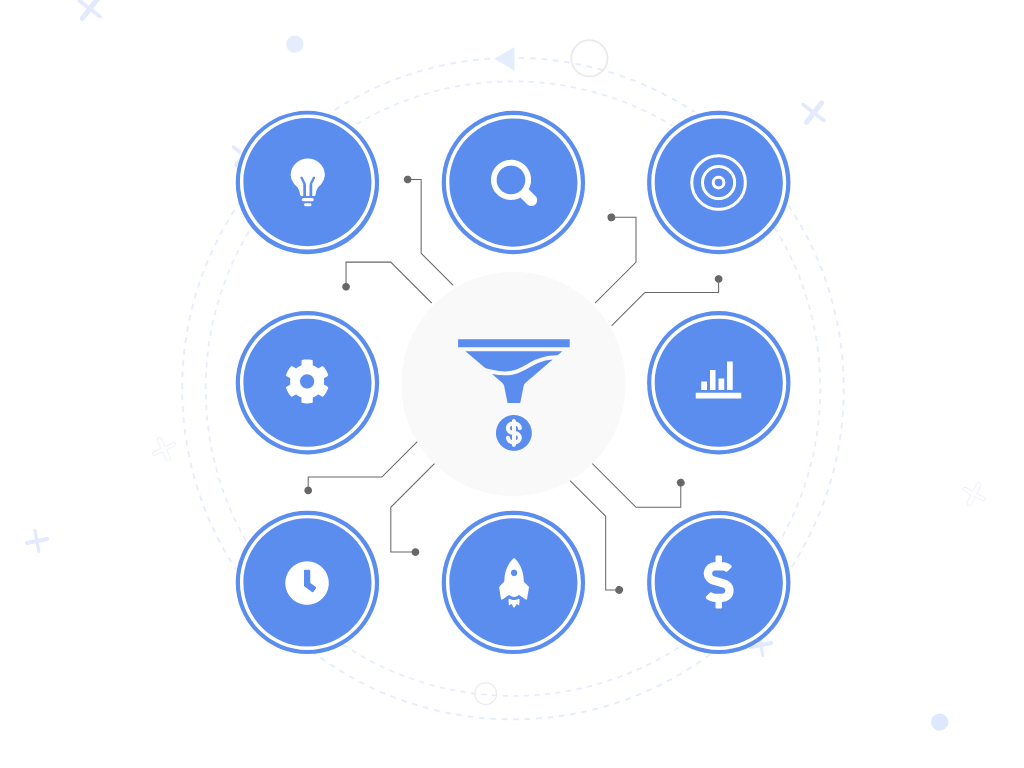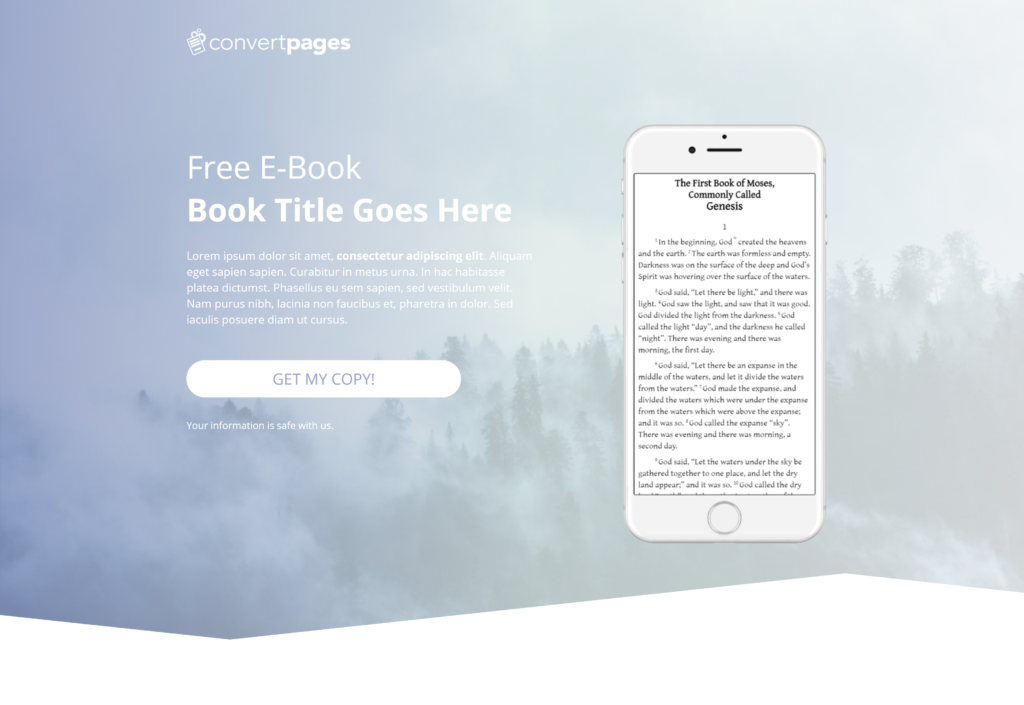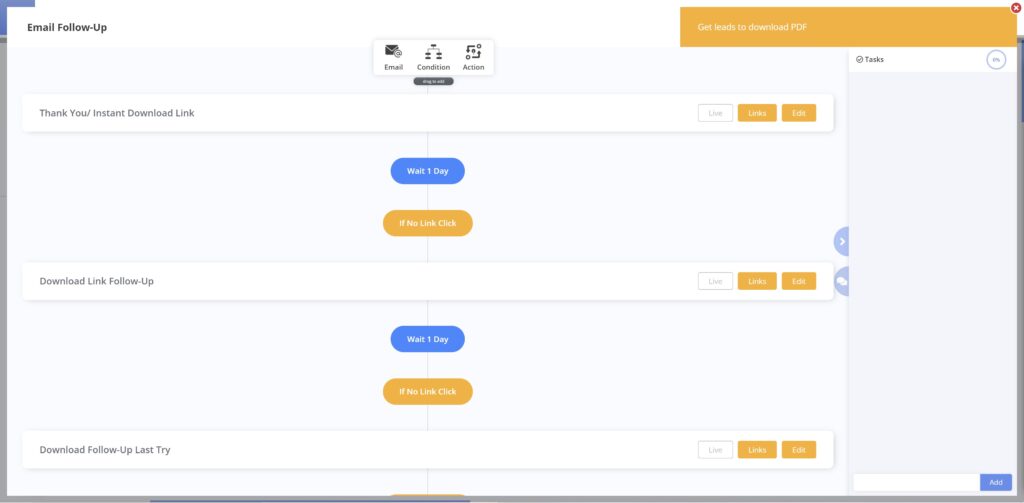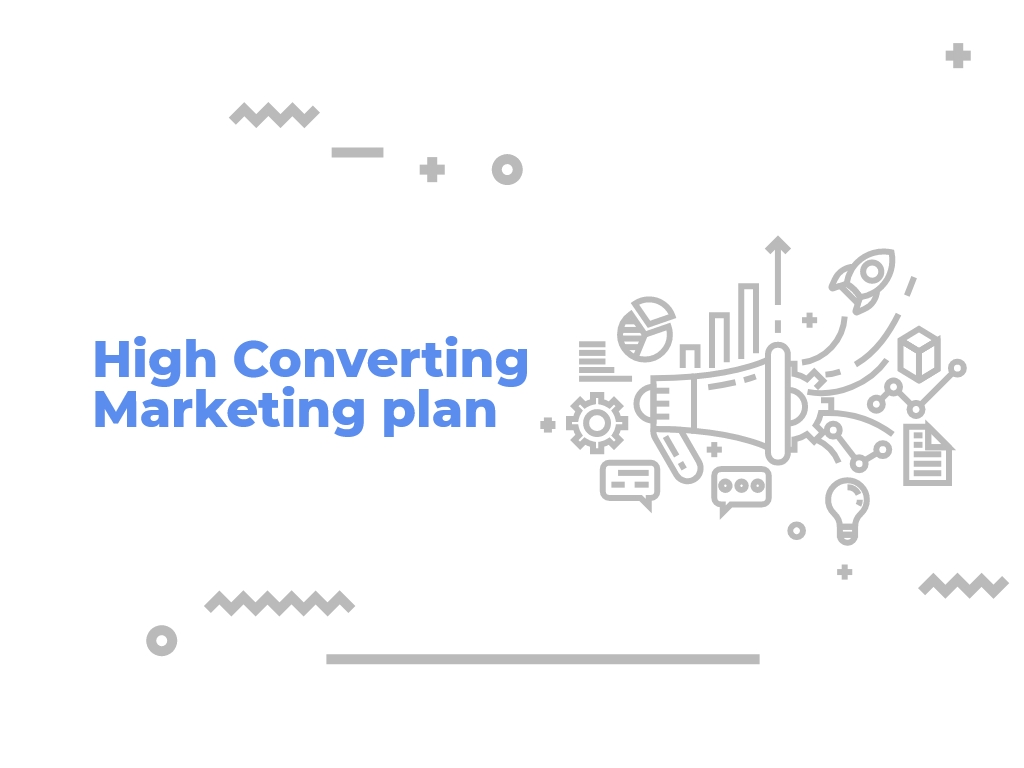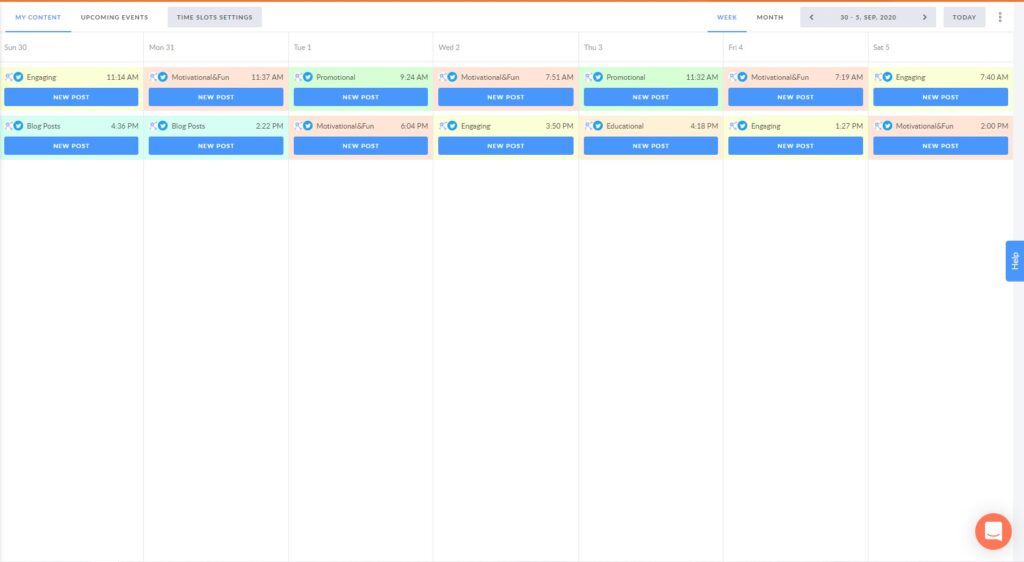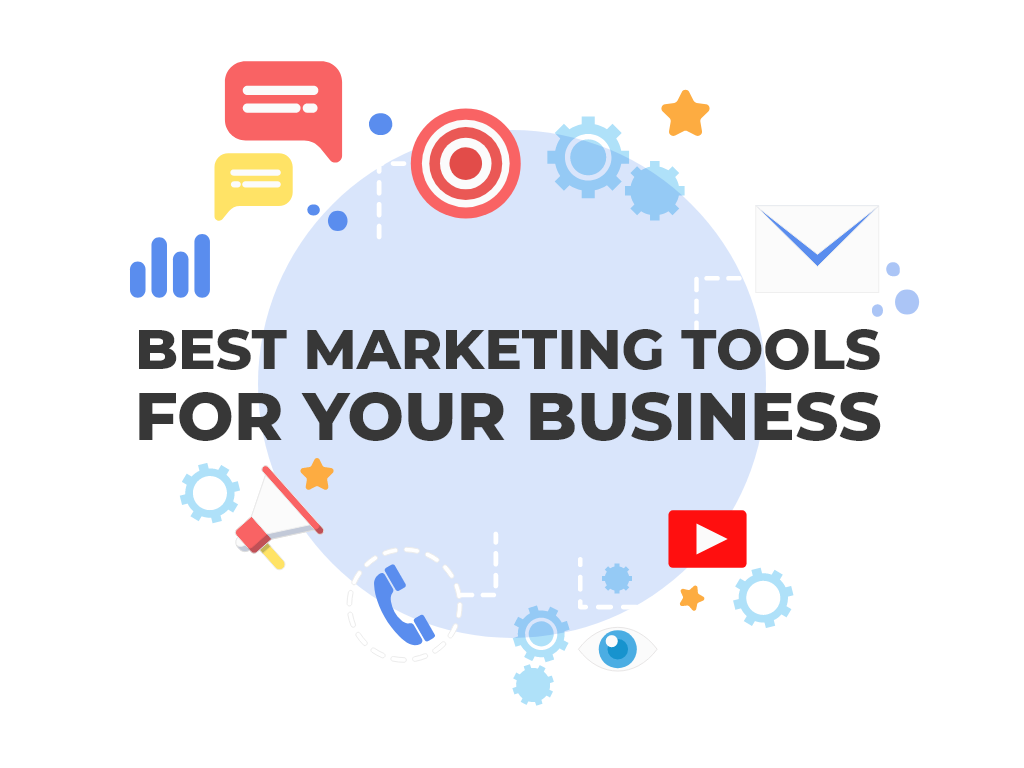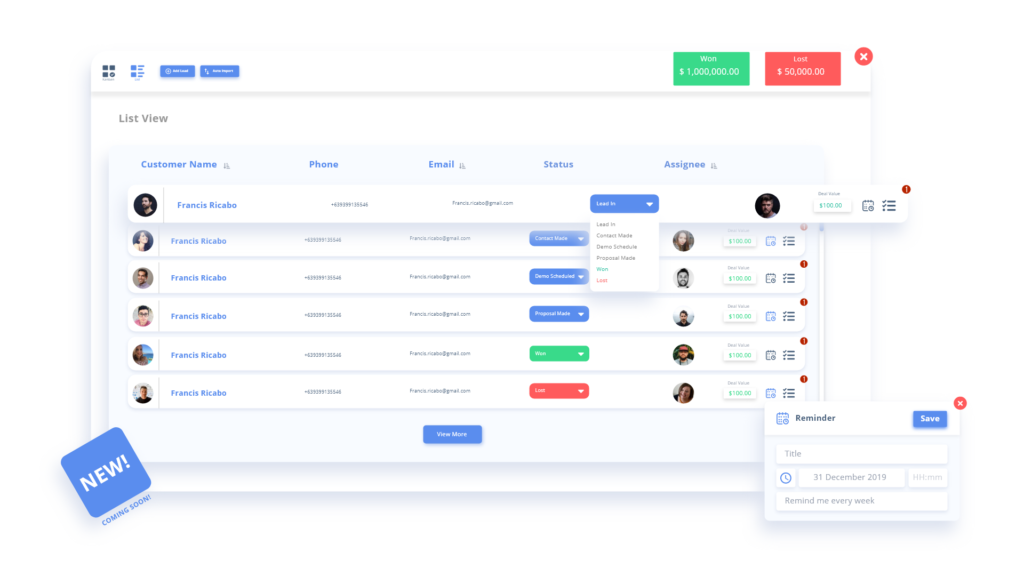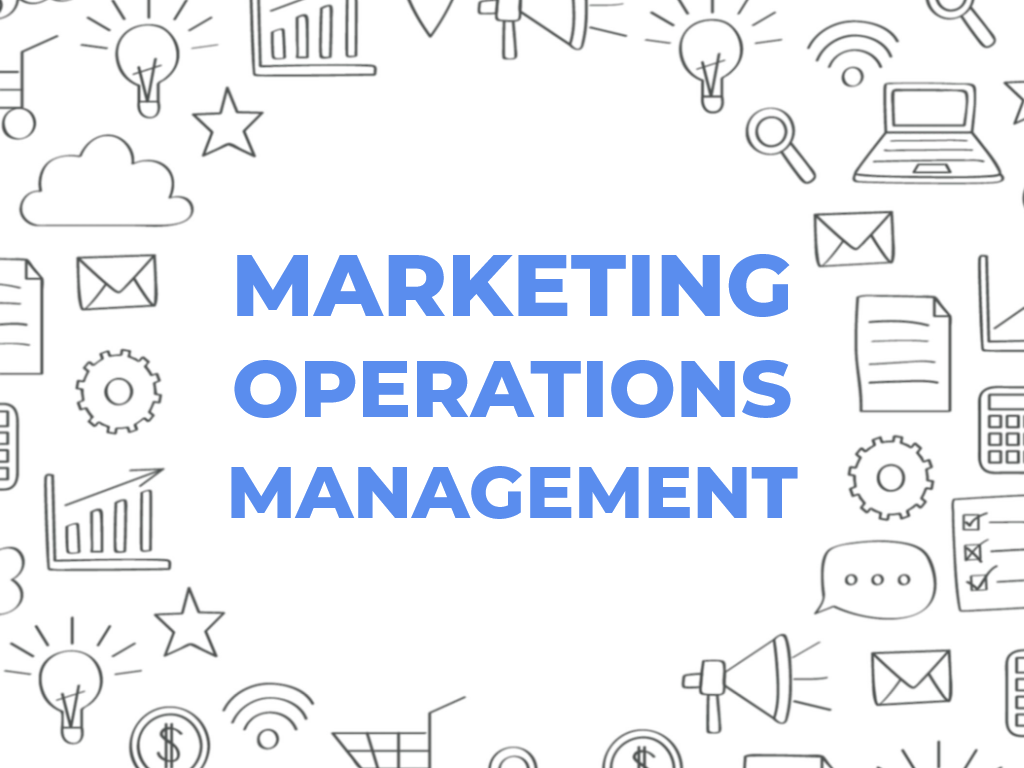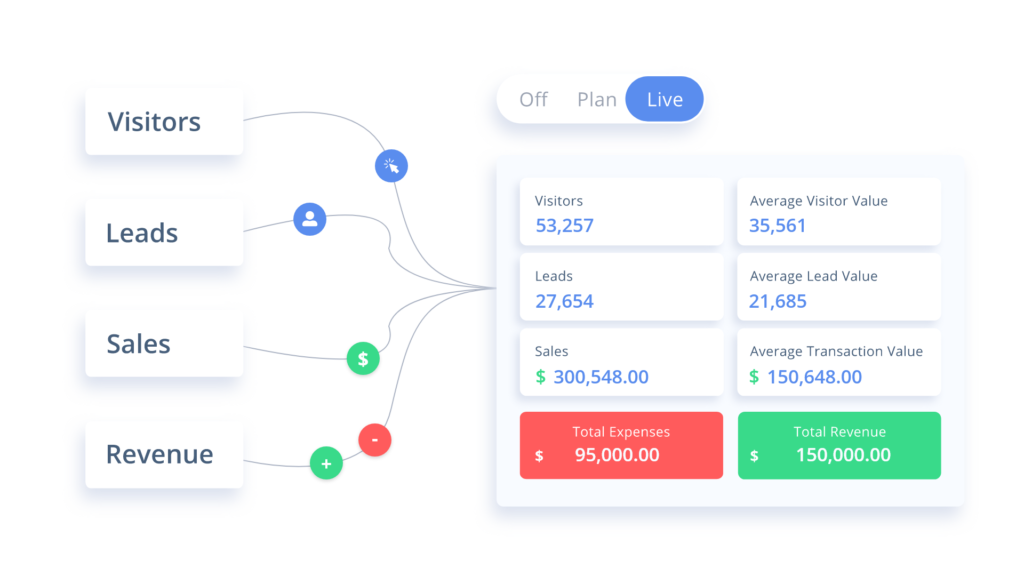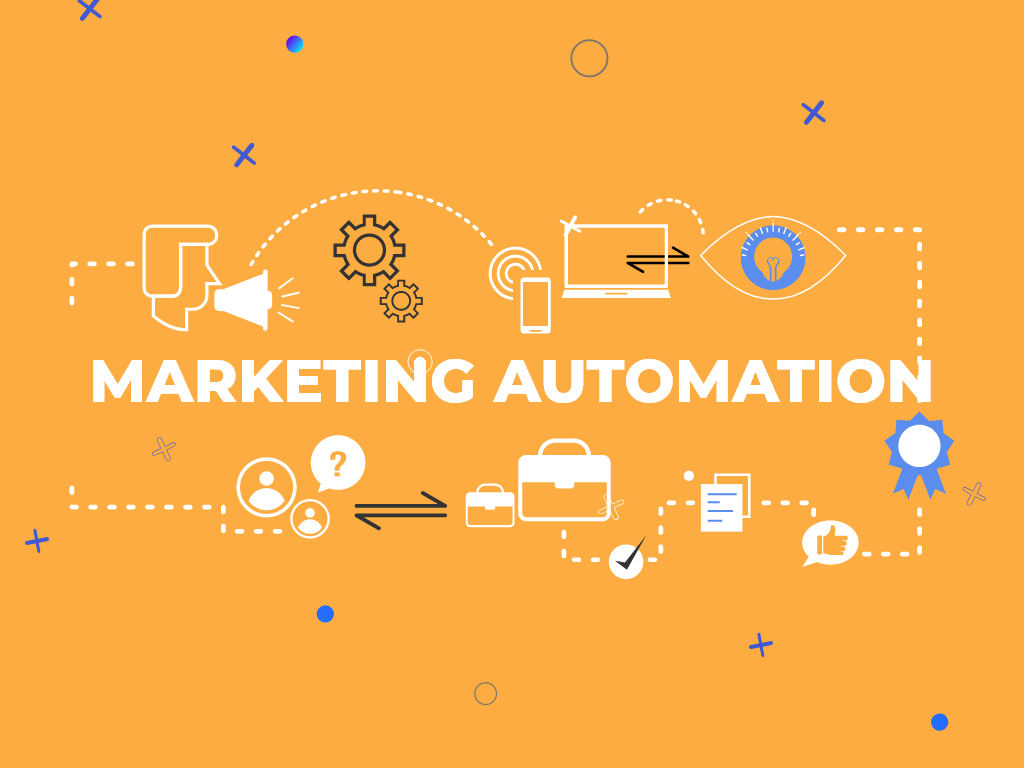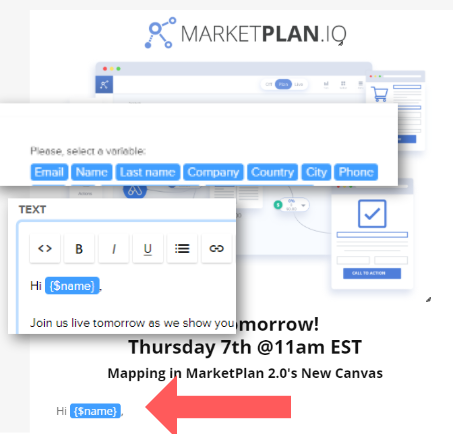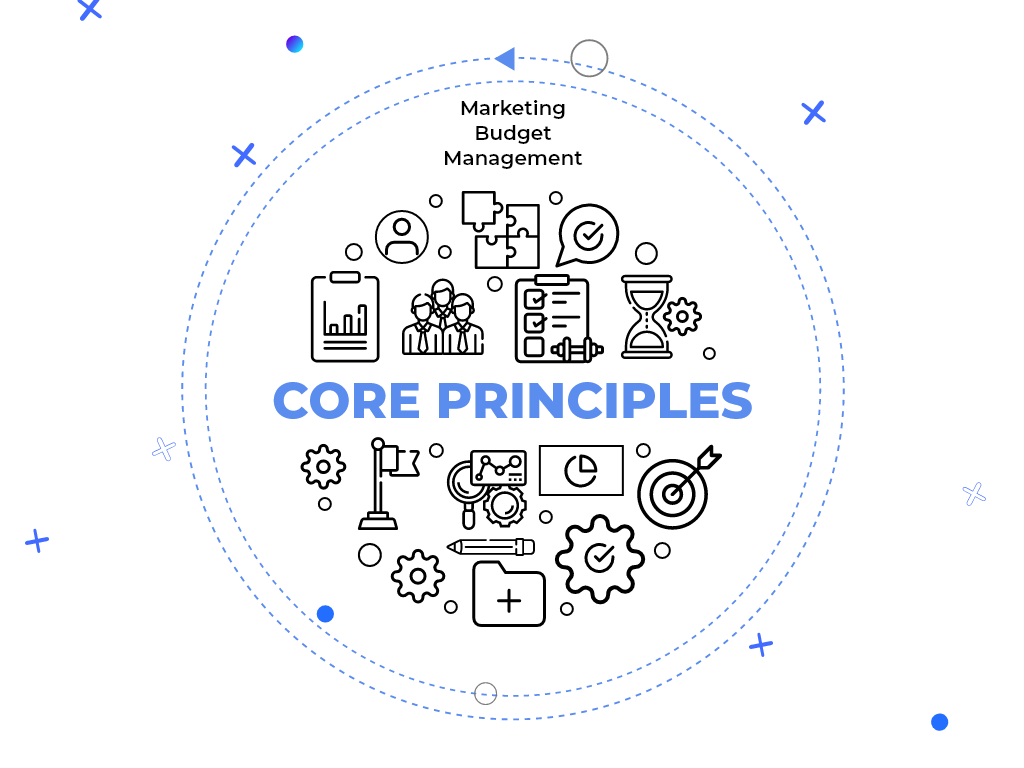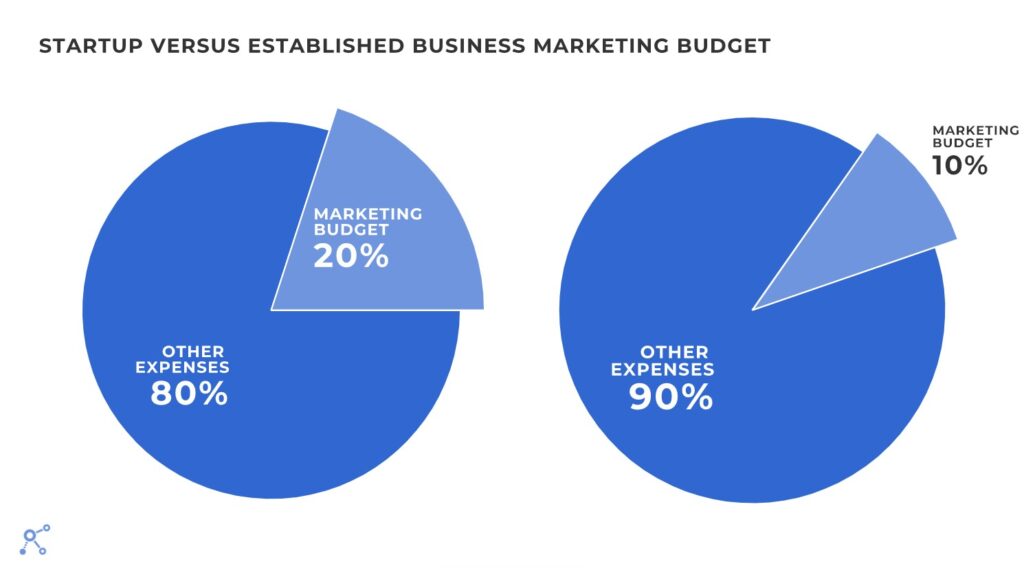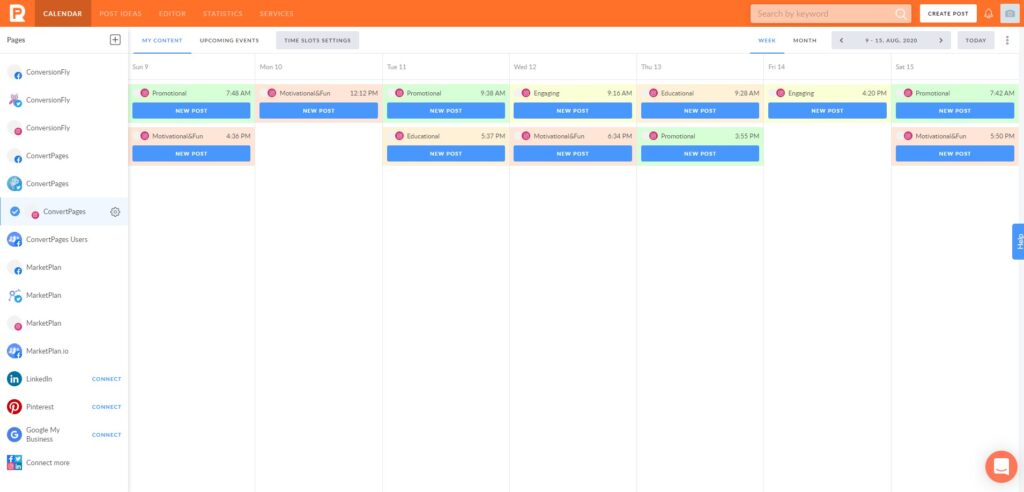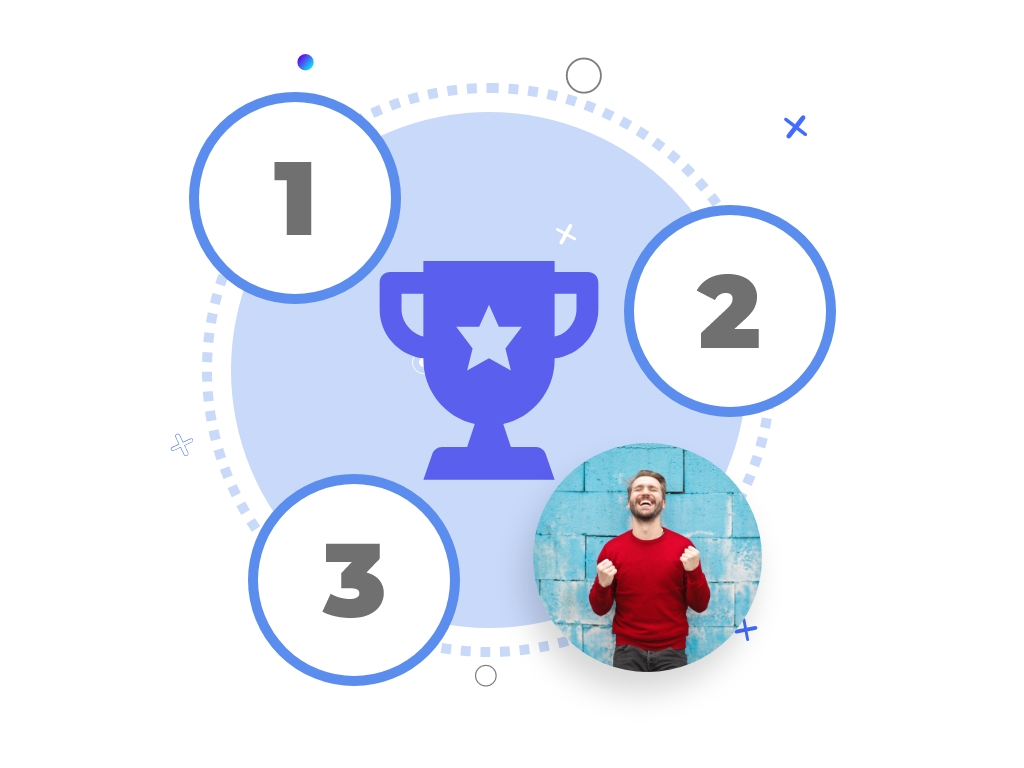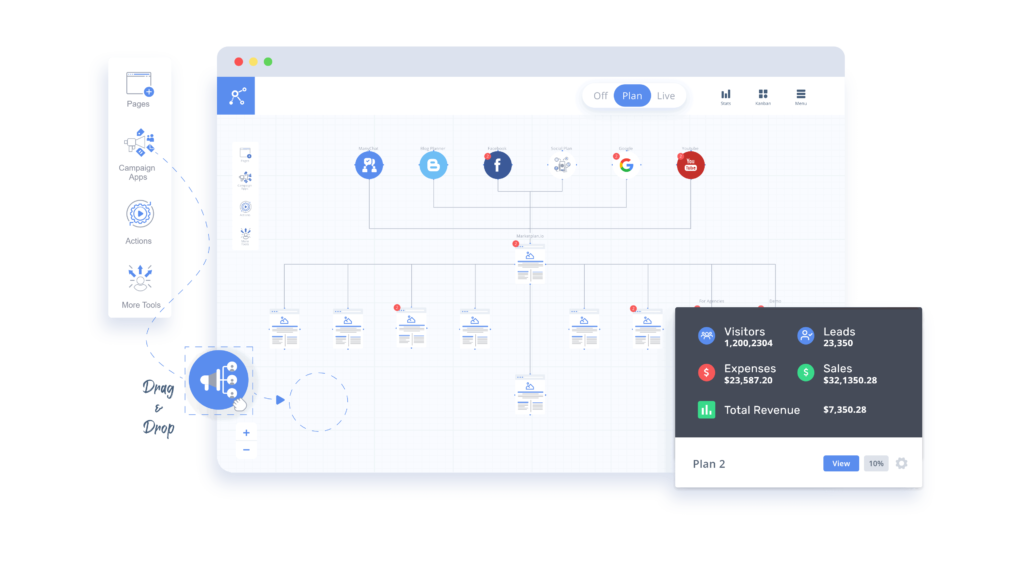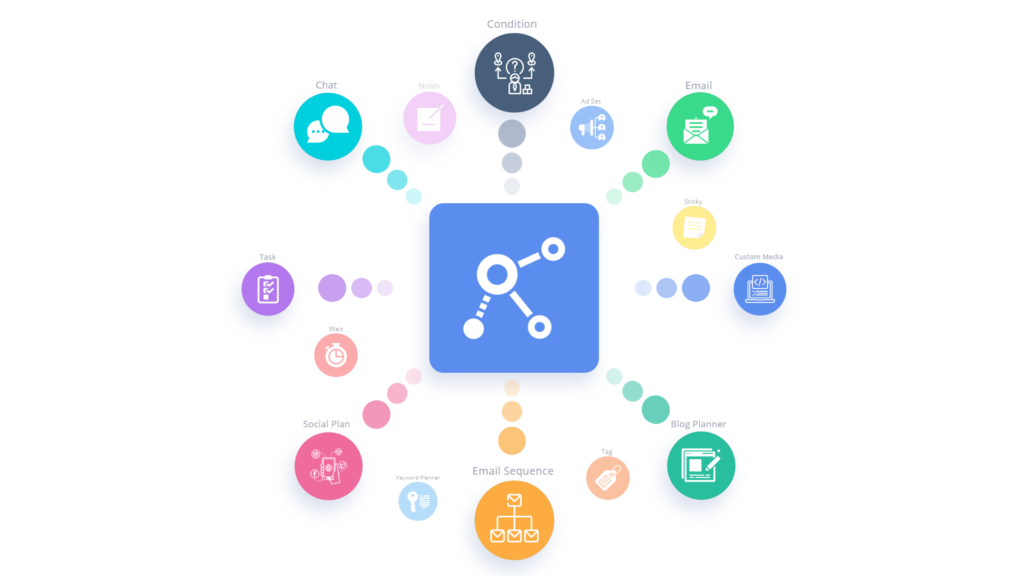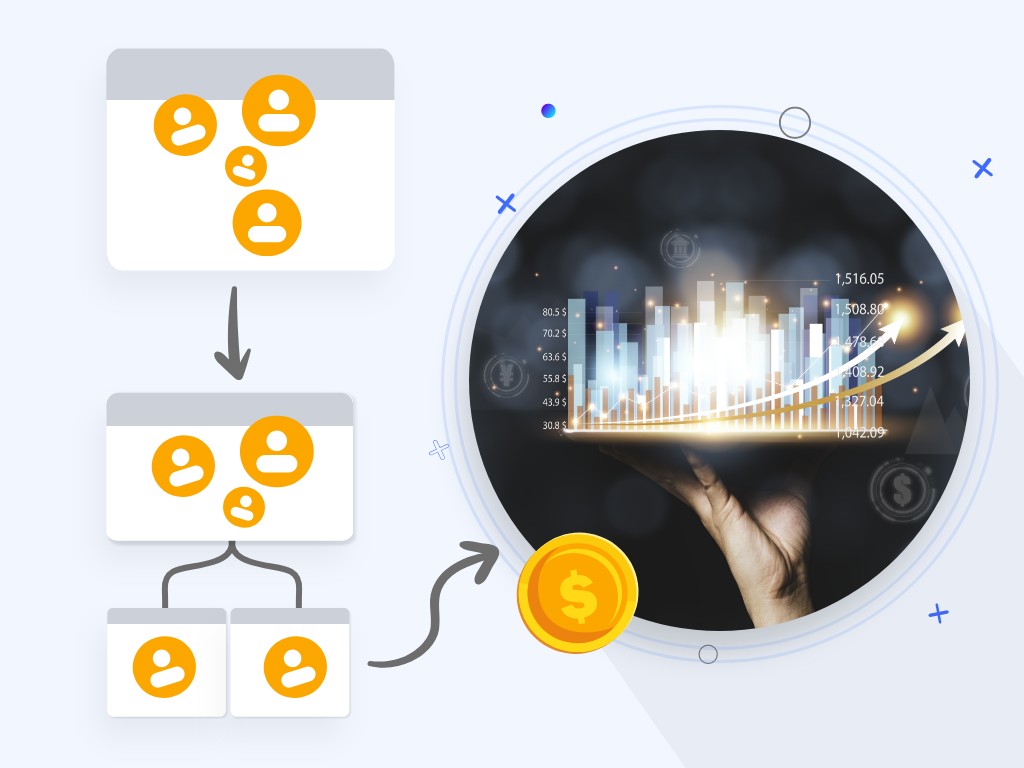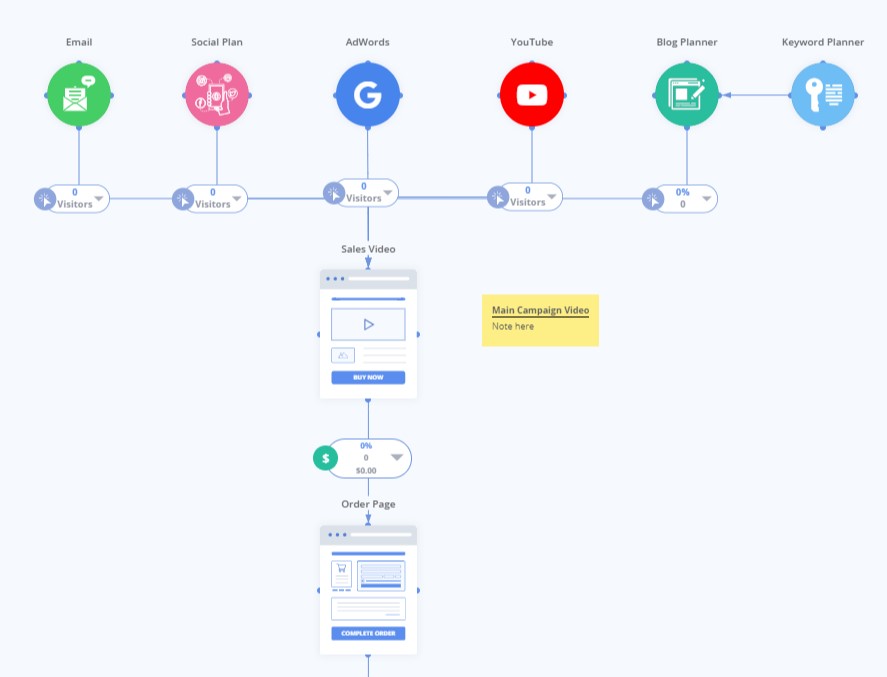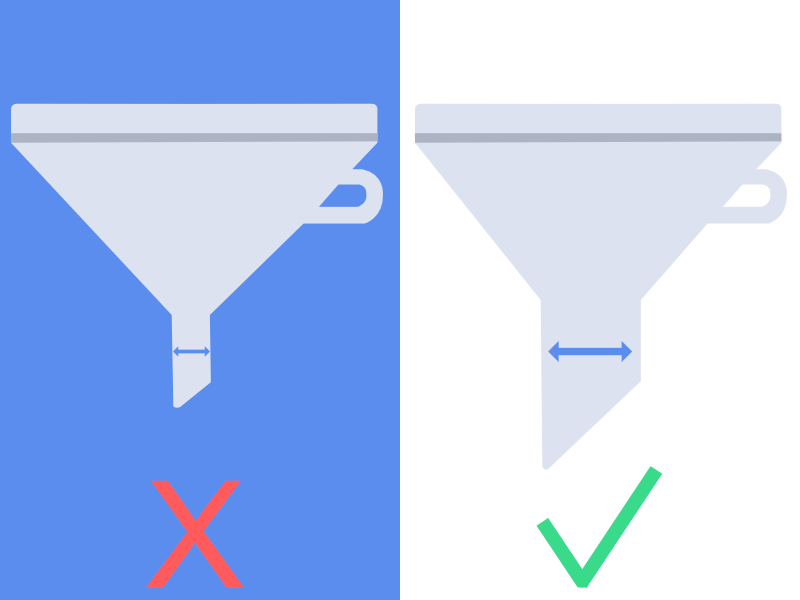The sales funnel is a traditional but reliable way to grow your business and extend your reach through conversions. A funnel works by nudging multiple entities into a paying position, similar to how it works in an physical funnel.
In marketing, funnel mapping and tracking can be done through software that allows capture pages to collect customer data and follow up to generate leads and conversions.
There are variants of sales funnels that each serve specific purposes, all of which are found on a funnel mapping software. These tools can be created through these marketing planning software products from a basic level to a more advanced system to generate larger scale conversions. Funneling can be your business’ best friend, and it has shown time and time again that these techniques work well to create better growth.
Types of Sales Funnels
These are basic sales funnels that can offer any enterprise improved conversion rates and a further reach on customers when implemented correctly.
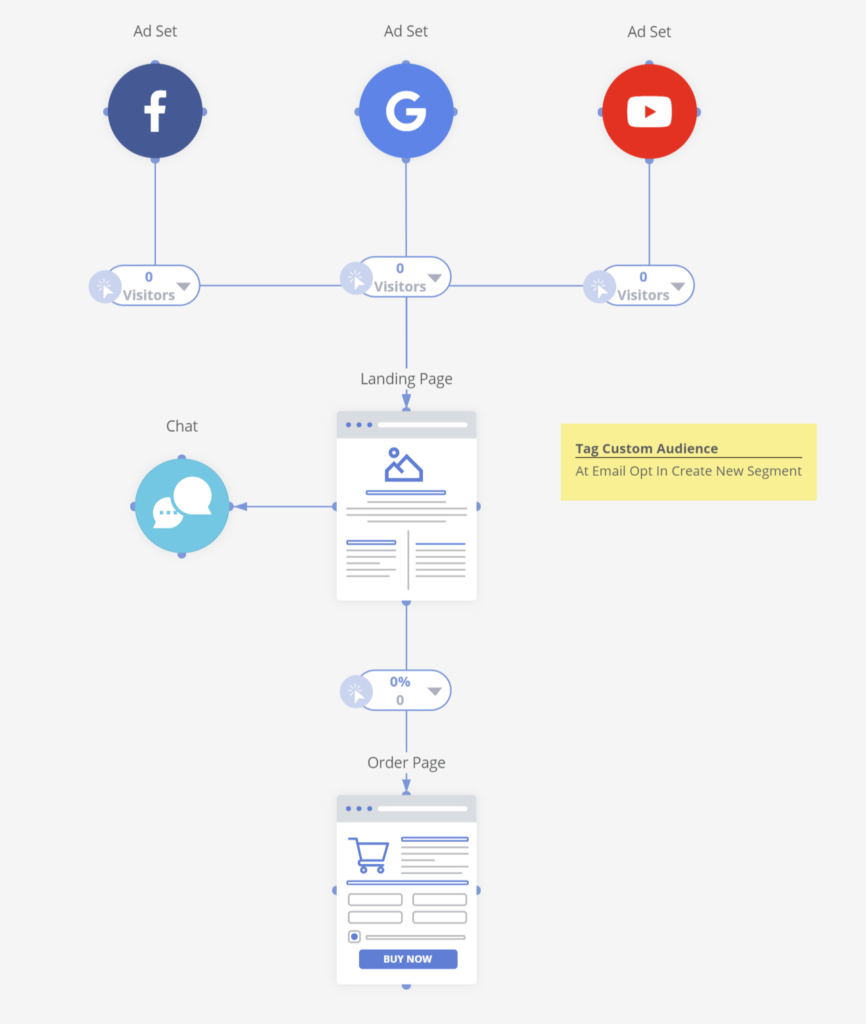
Configuring these is easy with a funnel mapping tool to tailor-fit these to your tastes and needs.
1. Homepage Funnels
This funnel is about creating a standard home page and converting it into a lead funnel. The first page serves as the first impression for visitors. First impressions can have a lasting impact, and if your homepage does not tell the story of your business distinctly, people are less likely to purchase.
Cramming sign-up forms or other intrusive page elements and design can a hinderance for site visitors, so be subtle in the way you promote your business’ products.
2. Sales Letters
This funnel is useful in increasing value for your business. Sales letters come in the form of emails containing codes for discounts or future purchase incentives to get people excited to go back. Some people don’t think sales letters are powerful, but it is actually something that people look back at when they remember your business. Doing a quick search on their email mailbox will show them all emails from your company and will allow them to find the discount codes sent to them.
3. Squeeze Pages
Squeeze pages work towards obtaining email addresses of potential leads. Using things that spikes people’s interests like unique headlines, free offers, and attractive graphics can lead customers to sign up for newsletters and accounts. Curiosity is a large driving factor of modern-day sales, and people generally like to experience things for themselves. By giving them a reason to take an interest, they will likely convert.
4. Memberships
Membership funnels are a way to convert people into membership sites and paid service subscriptions. People are normally hesitant to part with their money, so giving them an option to try a product by signing up is a great way to generate potential conversions. Funnel mapping tools can help you create pathways and plans to link people with free trials to unlock full content for a set period.
5. Surveys
Survey funnels are often done to make visitors engage with your business and find out who your visitors are. This tool helps with conducting market research and finding better strategies for retaining clients or attracting more customers. Based on what demographic they fall under, funnel mapping software can help make messages specifically tailored to their group.
6. Lead Magnets

These funnels can retain clients, as this gives them a free item in exchange for signing up. Lead magnets can be used for a specific number of times per email address to prevent over-sharing material.
7. Hero Funnels
Sharing your business’ skillset and stories to visitors will allow a followers list to build up. The more relatable you craft your business to people, the more likely they will either promote or buy from your company. This funnel is an excellent opportunity to get more conversions and has better word-of-mouth marketing, which is free advertising for your business.
8.Webinar Funnels
Giving people a registration form that allows you to contact them and send meeting call join links is a great way to do outreach and gather better conversions. Webinars are a great way to sell larger ticket items, and make an audience more solution aware.
9. Ask Campaigns
This kind of campaign funnel shows what customers want before you create something for them. This funnel means using software to determine what piques people’s interests, which you can use to optimize your newsletters or outreach messages better.
10. Auto/Evergreen Webinars
These webinars that are pre-recorded and informative on specific subject matters can allow you to funnel visitors into your database. These auto webinars promote your products non-stop and enable people to choose the days and dates of when they want to attend or watch.
Building an Effective Sales Funnel
Sales funnels are incredible tools that allow growth. However, always approach your targets by using a strategy in any marketing funnel or campaign. When it comes to sales funnels, you will likely be investing in funnel building software, which means extra expenses for a business. Whenever money goes out in entrepreneurship, you will always want the best returns on investments. Otherwise, the money will effectively go to waste.
One of the most important aspects of sales funnels to start with is the homepage funnel, as this is where most people land when looking at your business. Having a well-designed and optimized homepage can make the difference between higher bounce rates and increased conversions.
Strategizing the methods used and the ways funneling will be conducted will be important in generating better conversions. By finding and applying the best practices to use sales funnels for your business and which ones can apply, you will enjoy the best ROIs.
Conclusion
Funnel mapping software can help in the overall marketing sphere of your business. By exploring all outreach methods and improving conversion rates, your company can operate more seamlessly and efficiently. Hire a professional’s services if you have no knowledge of effective funnel marketing and use the proper marketing budgeting software and tools.
For the best marketing planning software that can assist with various sales funnels and other marketing budgeting, visit MarketPlan for a new way to manage your strategies. Plan, execute, project, and tweak your campaign strategies all from a single software source.
Sign up for the free plan and start planning your marketing campaigns today!
